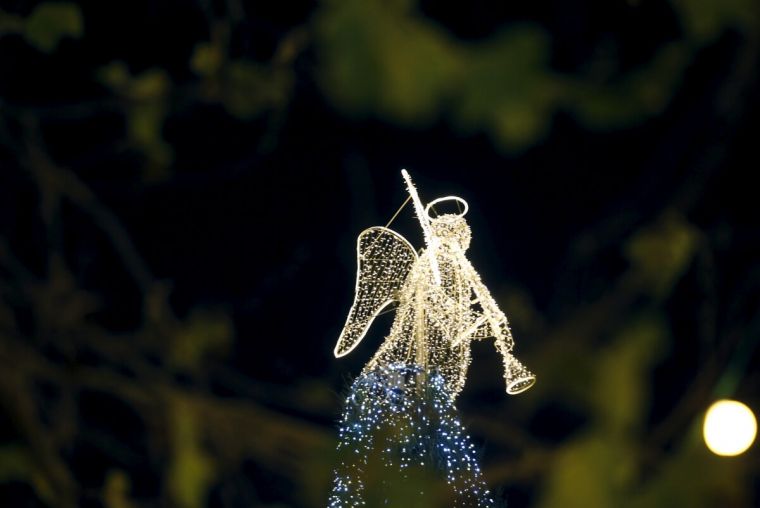It came upon the midnight clear: The story behind the hymn

This hymn is a Christmas favourite among many orthodox Christians. The "angels bending near the earth / To touch their harps of gold", coming through the cloven skies "with peaceful wings unfurled", bending on hovering wing to sing of the Messiah's birth; it is all wonderful imagery, and Christmas wouldn't be the same without it.
It might come as a surprise, then, to know that the author of It came upon the midnight clear, the US pastor and writer Edmund Hamilton Sears (1810-1876), was a minister in a Church which does not subscribe to the doctrine of the Trinity, and that the hymn has been condemned as not really a hymn at all. Hymn scholar Erik Routley wrote that "in its original form, the hymn is little more than an ethical song, extolling the worth and splendour of peace among men".
It is true that the hymn does not in fact mention God or the Lord Jesus Christ, and that Sears was a Unitarian minister, but there is more to him than meets the eye.
He was theologically very conservative by Unitarian standards, believing in a fully human and fully divine Christ. He was deeply interested in the mystical tradition, and had a theologically independent mind which sometimes took him off in odd directions. A passionate opponent of slavery, he forecast before the Civil War that America would "reap the whirlwind" of its sin.
The hymn, written in 1849, arose from a period of illness and depression which resulted in him leaving a large and successful ministry and returning to his first countryside church, where he had been very happy.
Its references to the "Babel sounds" of human strife, "man at war with man" and the "men of strife" are very topical. Not only did he fear for the future of his own nation, but Europe had just suffered its 'Year of Revolutions' in which governments across the continent had been swept violently from power. 1848 saw the publication of the Communist Manifesto, and the United States had just fought a war with Mexico regarded by many – including the recently-elected congressman Abraham Lincoln – as an unjustifiable attempt at a land-grab.
It's possible to read It came upon the midnight clear as a humanist hymn, but that does not really do justice either to its author or to the hymn itself. Sears was a devout Christian who was deeply troubled by the state of the world around him and he wrote the hymn to express God's desire for peace through the rule of the Prince of Peace. The last verse mixes Greek thinking – the prophet-bards and the age of gold – with biblical imagery, but his heart is in the right place.
For orthodox Christians, human efforts to make a perfect world can only be completed by the gracious act of God, who in the end will make all things new. Sears seems to have this in mind in the last verse; if not, it is certainly how we should sing it.
In a world which is even more troubled today than it was in 1849, and when our fears are greater, this is a hymn to be sung with understanding. More than a musical Christmas decoration, it has something profoundly important to say.
Mark Woods is the author of Salvation Songs: Seventy great hymns and their stories (Verité, £9.99). Follow him on Twitter @RevMarkWoods.











